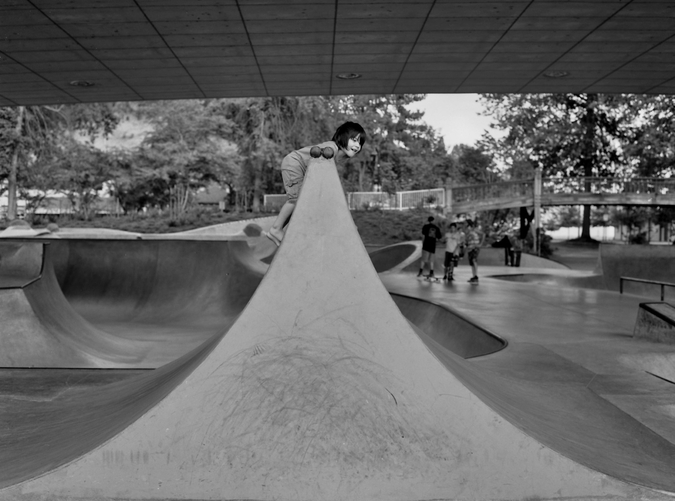I've never seen a Fuji GS645 folder with an original bellows that did not have light leaks. The original bellows was a synthetic material that failed frequently. When I find one of these, I try to buy it cheap enough to allow for bellows replacement ($125 to $150-CameraWiz)
I quit buying them when I found out the GS series shutters were all subject to malfunction in extreme cold.... the folder, the GS645S and the GS645W.
OTOH, I had a GA6454Zi with a shutter count of 34,250 and running well up til I sold it. I've had three of the Zi, and consider that camera the best of all the 645s from Fuji.
The dilemma with the rangefinder 645's including the Bronica is the portrait mode vs landscape mode of viewing. Takes a bit of getting use to.
Someone mentioned the Mamiya 645 SLR, which I have had a number of and find them quite durable, with great glass.
But before I would buy another 645 Mamiya, I would buy a Bronica SLR ETRSi.... for two big reasons. Leaf Shutters and there are backs for that MF camera allowing you to shoot panoramic 35mm at 56mm long, and to shoot 35mm film in the conventional landscape mode.
The Bronica ETRS or ETRSi, is lighter and slightly smaller than the Mamiya. The pricing for the Bronica's is low for excellent rated cameras. The glass is exceptional. Have had four of these in the ETR, ETRS and ETRSi models. They can be had within your budget. The unique accessory (35mm film) backs come up on eBay more frequently than one might imagine.
Do not buy the GS645 folder unless it has a documented replacement bellows, and even then, I've been told nothing can be done IF you get one that suffers in extreme cold. In fact, the extreme cold issue should be a consideration on any older leaf shutter lens. Old lube and cold weather do not cooperate well together. (Besides... who shoots in weather as cold as you mention.... Oh... OK, you do.)


